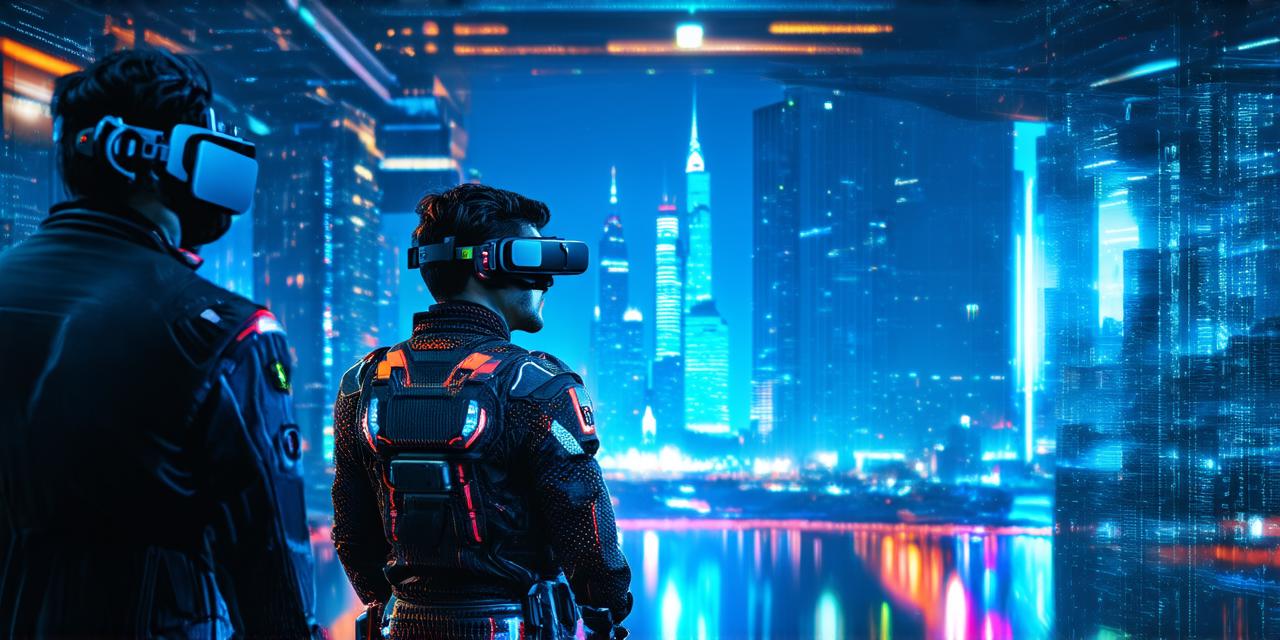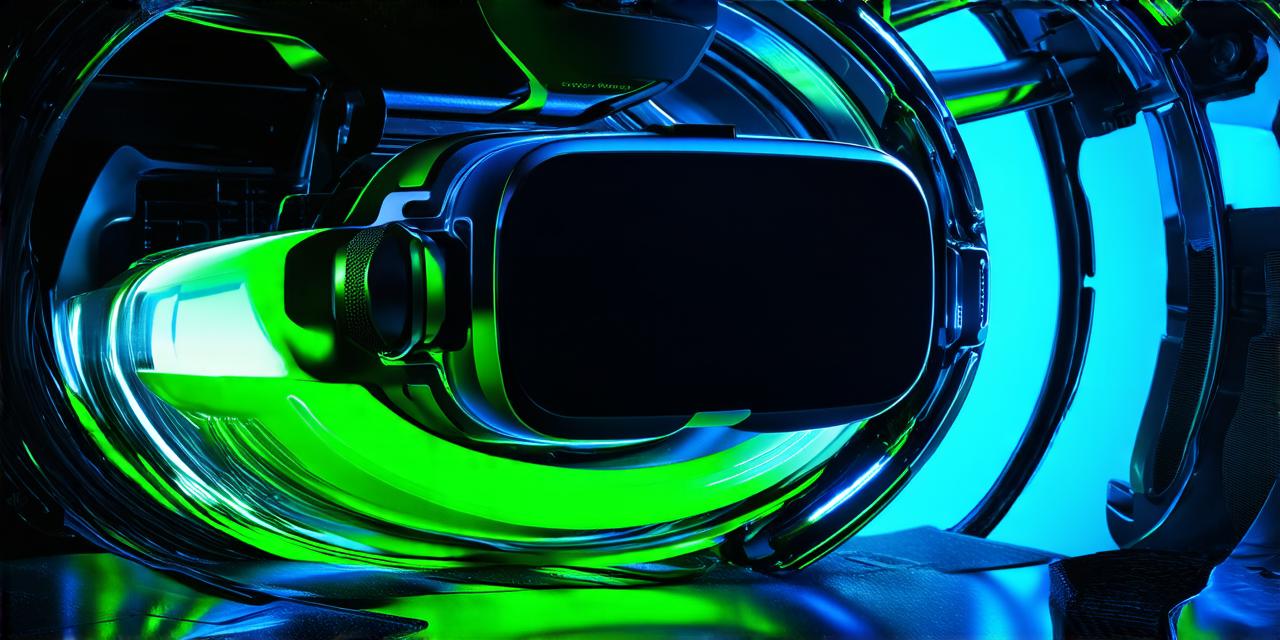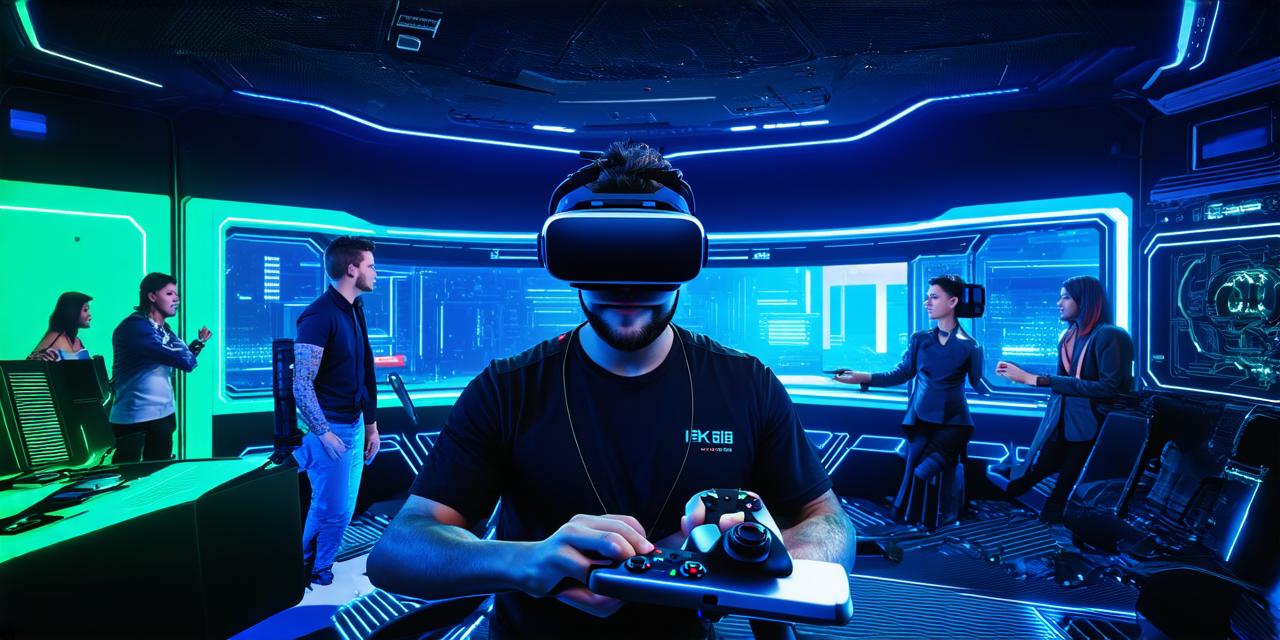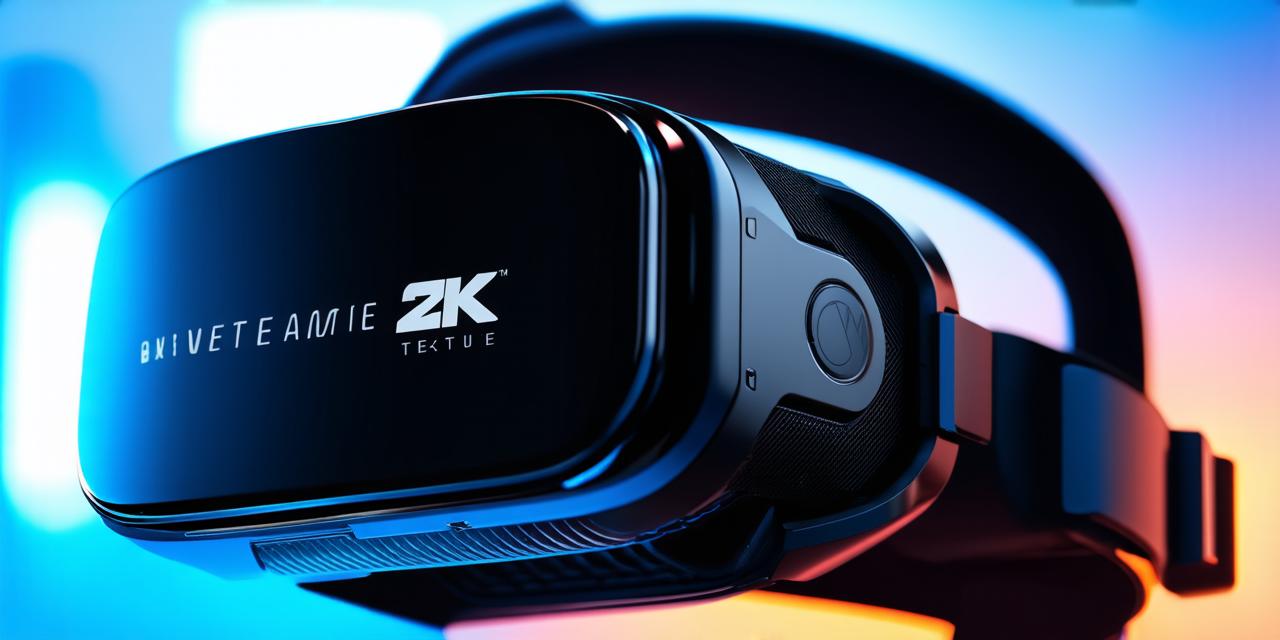What Is Augmented Reality (AR) and Mixed Reality (MR)?
Augmented reality (AR) is a type of technology that superimposes digital information onto the real world, enhancing or “augmenting” our perception of the physical environment. AR apps use a combination of sensors, cameras, and algorithms to track the user’s position and overlay digital objects or data onto the real-world camera feed. This creates an interactive, immersive experience that blends the virtual and real worlds.
Mixed reality (MR) is a more advanced form of AR/VR technology that combines both virtual and real worlds in a seamless, interactive way. MR apps allow users to see and interact with virtual objects and environments while still being physically grounded in their own environment. This creates a unique experience that blurs the line between reality and fiction.
Applications of AR/MR Technology
The applications for AR/MR technology are virtually limitless, as it can be used in a wide range of industries and applications. Here are some examples:
- Education and Training: AR/MR technology can be used to create immersive educational experiences that simulate real-world scenarios.
- Marketing and Advertising: AR/MR technology can be used to create interactive advertising campaigns that engage consumers in new and exciting ways.
- Gaming: AR/MR technology can revolutionize the gaming industry by creating immersive, interactive experiences that blend the virtual and real worlds.
- Retail: AR/MR technology can be used to create personalized shopping experiences that allow consumers to try on clothes or visualize products in their own homes before making a purchase.
- Manufacturing and Engineering: AR/MR technology can be used to improve productivity and efficiency in manufacturing and engineering by allowing workers to visualize designs and make adjustments in real-time.
Challenges and Opportunities of AR/MR Technology
While AR/MR technology has the potential to revolutionize many industries, there are also challenges that must be addressed. These include:
- Cost: AR/MR technology can be expensive, both in terms of hardware and software development costs. This may limit its adoption by smaller businesses or organizations.
- Complexity: AR/MR technology is still relatively new, and there is a learning curve for developers and users alike. This can make it difficult to create effective and engaging applications.
- Privacy Concerns: As AR/MR technology becomes more prevalent, there may be concerns about privacy and data security. Users may be uncomfortable with the idea of their personal information being tracked or used in new ways.
- Compatibility Issues: AR/MR technology requires specific hardware and software configurations to work effectively. This can create compatibility issues between different devices and operating systems.
The Future of Virtual Reality: Blending Real and Virtual Worlds
As AR/MR technology continues to evolve, it is likely that we will see more and more examples of virtual reality merging with the real world. This could lead to a new era of interactive experiences that blend the two worlds in ways that were previously impossible.
One potential application of this technology is in the field of education. AR/MR could be used to create immersive learning environments that allow students to explore and interact with virtual objects and environments in a way that was previously impossible. This could revolutionize the way we teach science, history, and other subjects.
Another potential application is in the field of mental health. Virtual reality has already been shown to be effective in treating conditions such as post-traumatic stress disorder (PTSD) and phobias. AR/MR technology could take this a step further by allowing patients to confront their fears and anxieties in a safe, controlled environment.
Of course, there are also potential risks associated with the merging of virtual and real worlds. For example, there may be concerns about the impact of VR on social interactions and mental health. However, as long as these risks are carefully managed and mitigated, the benefits of AR/MR technology are likely to far outweigh any potential drawbacks.
Conclusion
Virtual reality has already had a significant impact on our lives, but it is just the beginning. As AR/MR technology continues to evolve, we can expect to see more and more examples of virtual reality merging with the real world. This could lead to a new era of interactive experiences that blend the two worlds in ways that were previously impossible.
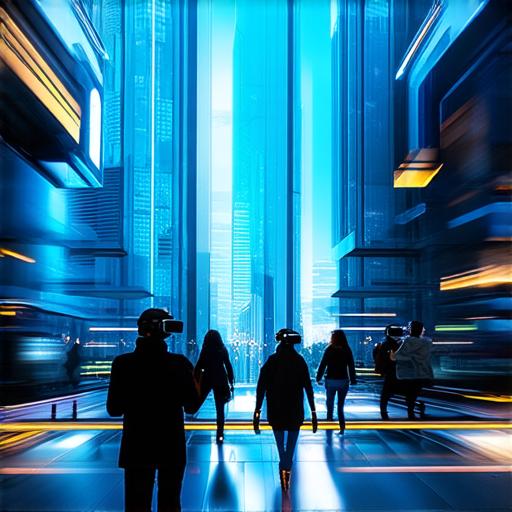
While there are certainly challenges associated with this technology, the potential benefits are enormous. From education and training to marketing and gaming, AR/MR has the potential to revolutionize many industries and applications. As we continue to explore the limits of what is possible, it will be fascinating to see how this technology continues to evolve and shape our future.
